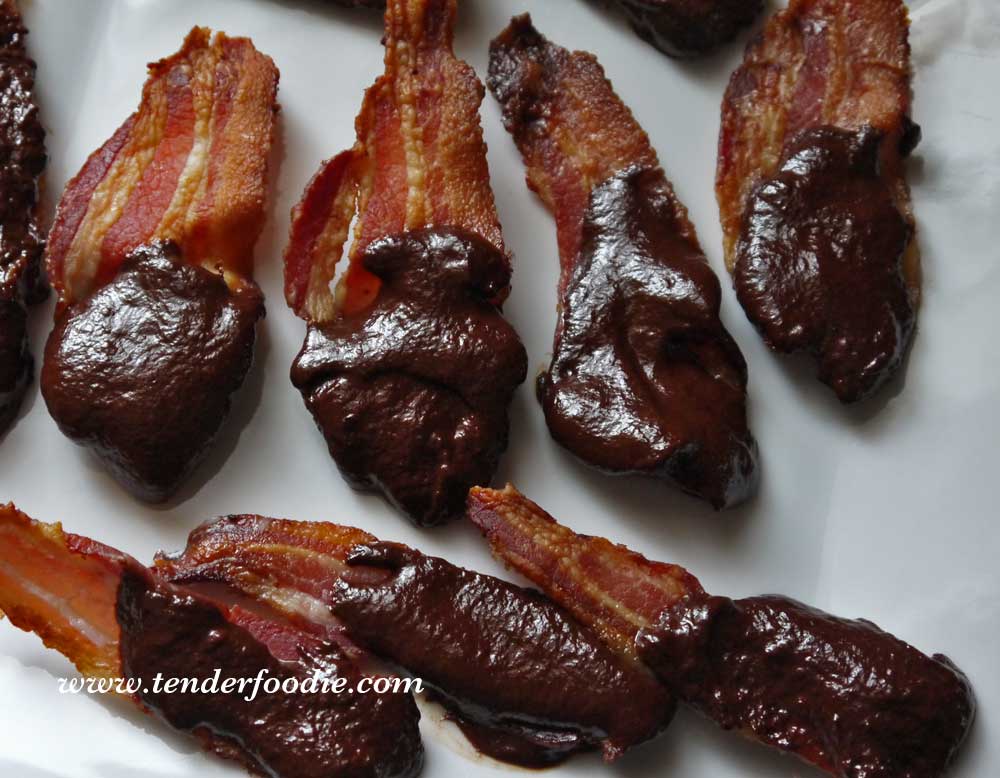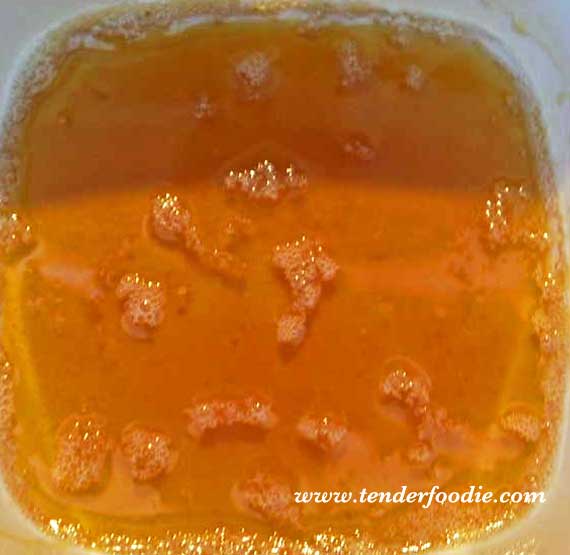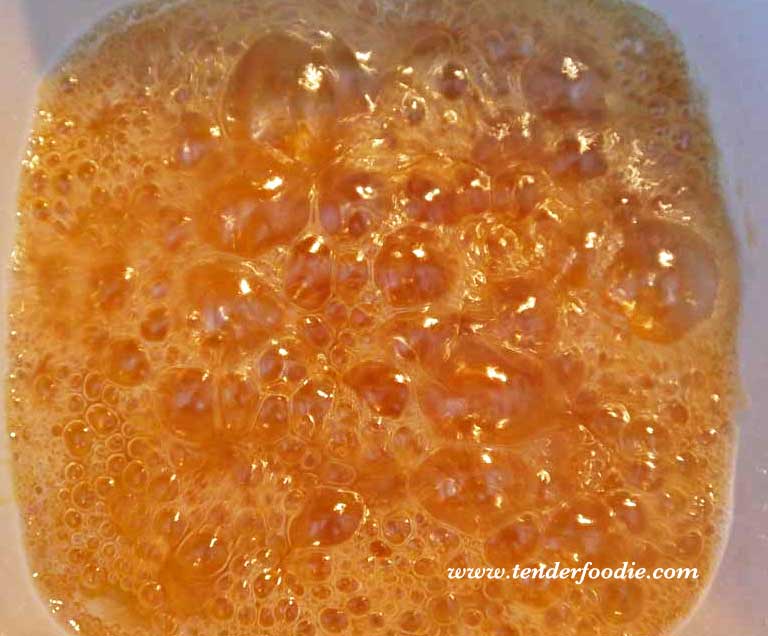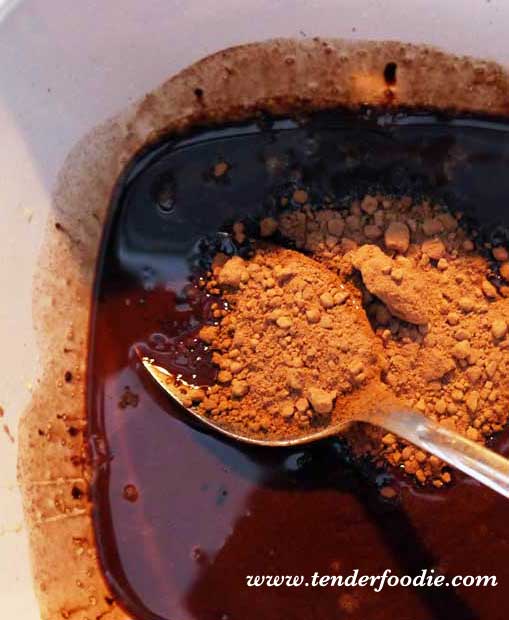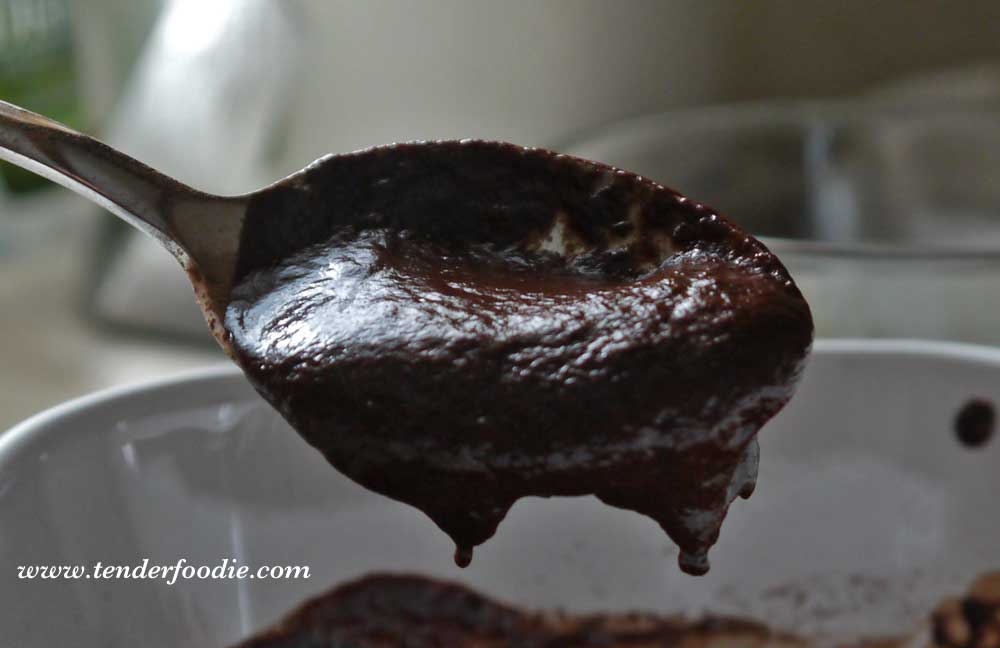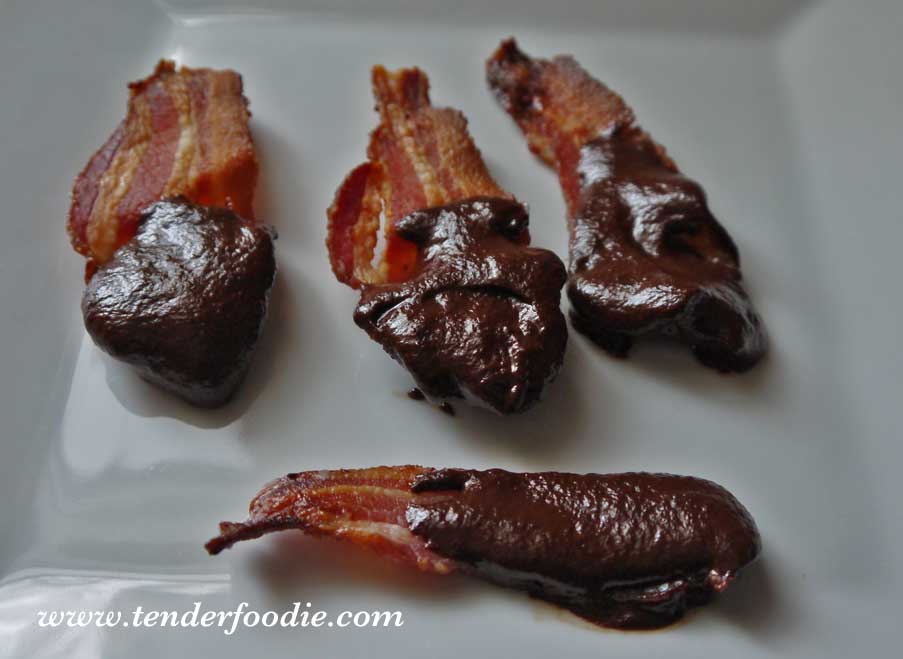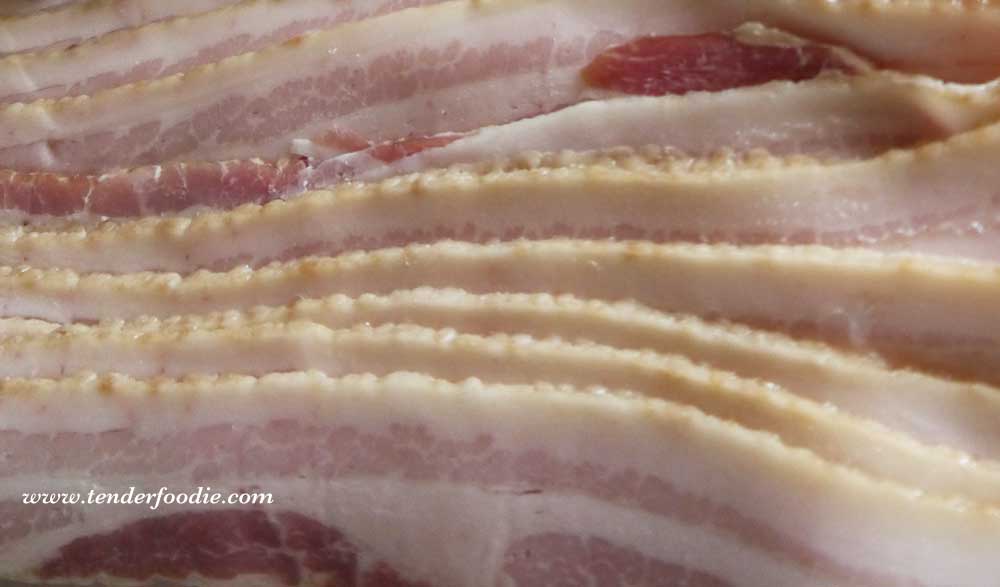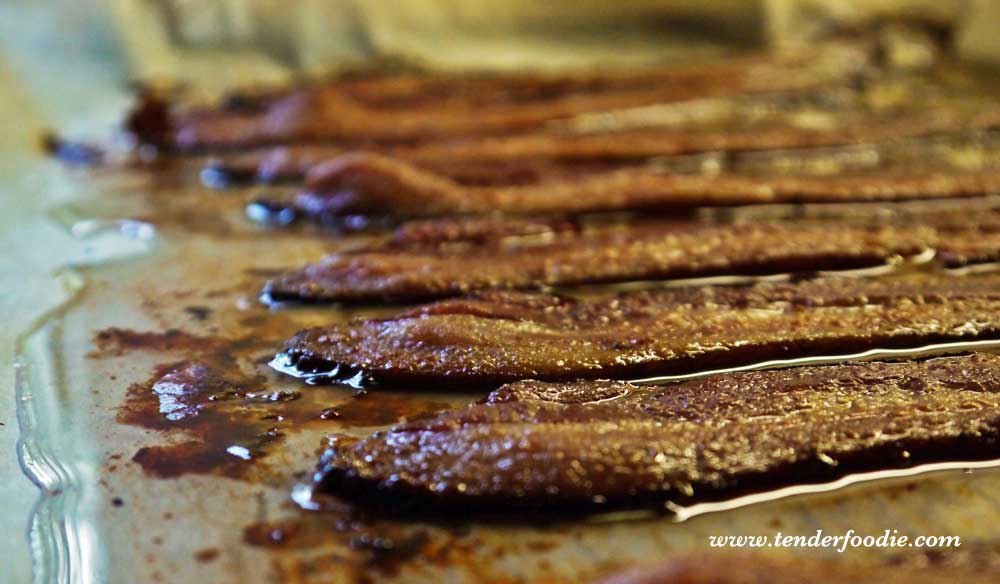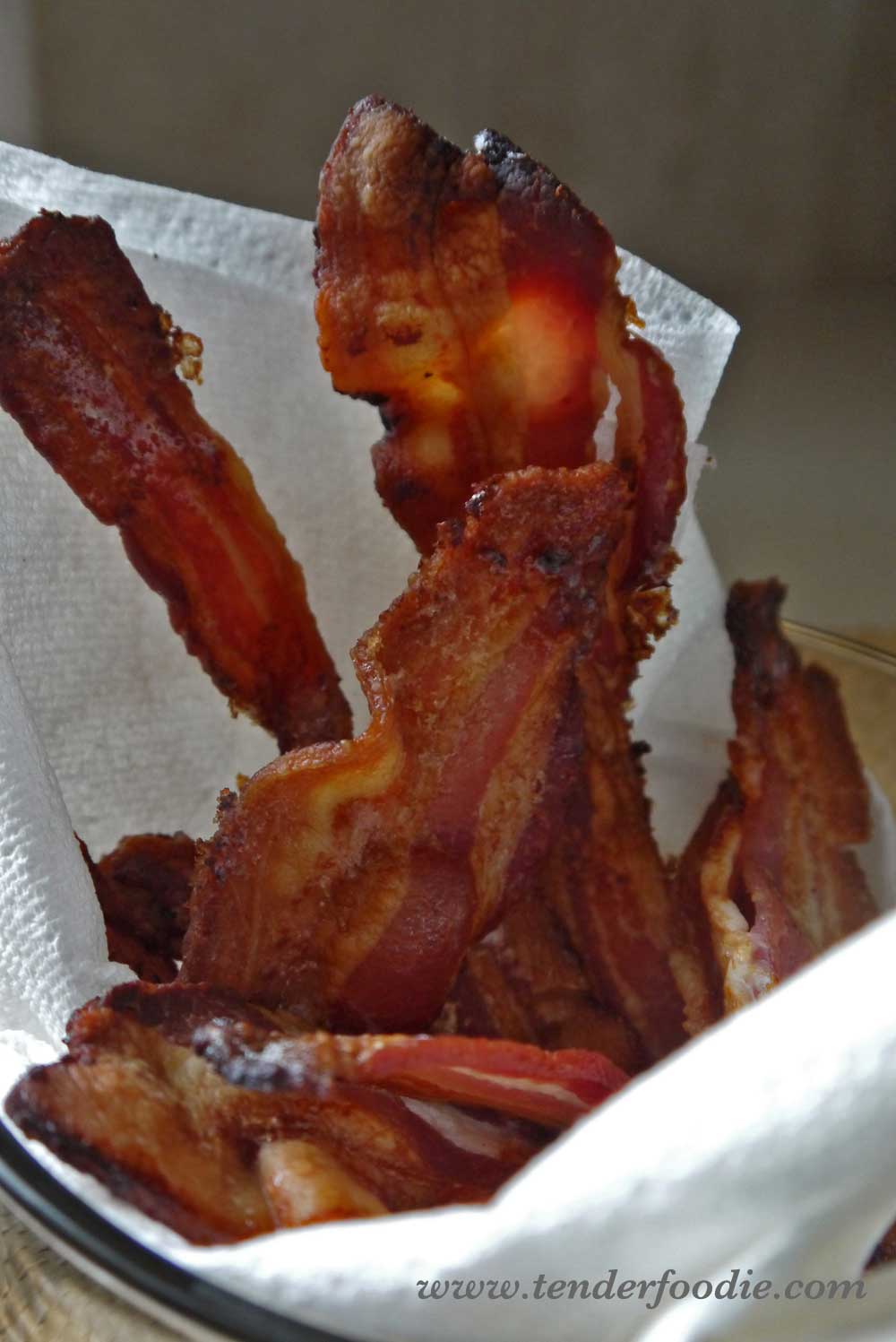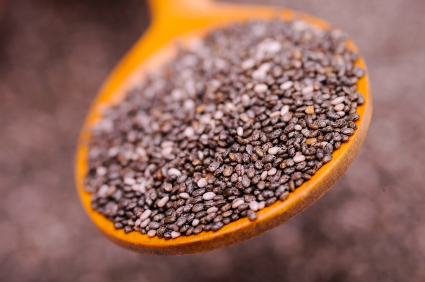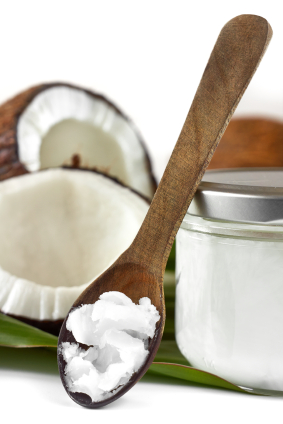
WHY I STARTED
A few years ago, I had developed an obsession for organic green tea.
Why? I knew that copious amounts of green tea can flood the body with free-radical eating, anti-cancer, anti-viral, anti-bacterial, liver clearing and cardiovascular supporting polyphenols, and research seems to support this (perhaps in a little more moderation than I employed, however). Green tea is also being studied because those who drink it appear to have a lower risk of many types of degenerative disease. I’ve consumed green tea for years, but at that time I had become obsessed. I wanted to give my bod as much good stuff as I could.
One side effect of this green tea obsession, however, was that it stained my teeth quite badly.
Before, my teeth were normally and naturally white, so seeing my now-tarnished smile was a bit of a shock. A good friend of mine noticed it. The dentist asked me what I had changed in my diet, because he was also quite surprised. This particular green tea was high in tannins – that’s the stuff where those particular healthy polyphenols live, but it is also the stuff that stains.
I didn't want to use any bleach, and I had also learned that some mouthwashes and other dental products are hidden sources of gluten (gliadin) or tapioca, two proteins to which I’m quite allergic. I needed an effective alternative.
Read more about dental products and gluten here (including a growing list of those claiming gluten-free status).
For these two reason, I decided to try “oil pulling.”
WHAT IS OIL PULLING?
Oil pulling is a simple ancient practice from Ayervedic medicine. Ayerveda is one of the oldest medical systems in the world, originating in India. Ancient cultures used oil pulling to prevent tooth decay, and to strengthen the teeth, gums and the jaw.
The practice of oil pulling is simply swishing a tablespoon of specific types of oil in your mouth for 20 minutes – but in a specific way (SEE INSTRUCTIONS BELOW). The belief is that this practice pulls toxins, parasites, & bacteria from the mouth and head and into the oil through the plethora of capillaries that exist in the mouth.
HOW TO DO IT
Traditionally, unrefined sunflower or sesame oil has been used for oil pulling, but unrefined olive oil or organic coconut oil work very well, too. I prefer coconut oil and its extra anti-bacterial, anti-parasitic qualities.
Ideally oil pulling should be done first thing in the morning on an empty stomach, before you drink any water. However, you can do this anytime and still receive great benefits. Do it as soon as you get up, and while you do other morning activities, like showering or preparing breakfast.
1. Use about 1 TBS of coconut oil (or sesame, sunflower, or unrefined olive oil)
2. Swish the oil slowly and methodically, not too vigorously.
3. Try to make sure the oil reaches every region of your mouth, but don't gargle.
4. Be careful not to swallow the oil.
5. Continue swishing the oil for at 20 minutes (the oil will become very thin and foamy as you swish & your saliva gets in the game). If you need to get used to it, start with 5 or 10 minutes and work your way up.
6. Spit the oil out into a trash can (not down the drain or you will get a clogged drain)
7. Rinse your mouth thoroughly with pure water. To go the extra step (which I love), rinse with mild salt water to help neutralize any bacteria before you brush.
8. Brush with gluten-free toothpaste afterwards.
That's it! Do it every day for a few weeks. Read more about it below, and report back to us and let us know if you've experienced any results!
MY RESULTS
I started noticing a difference within a few weeks of practicing oil pulling every day -- the first day, actually, because my sinuses started clearing within minutes of swishing with the oil. In fact, the gunk (for lack of a better word) that came from my sinuses was rather remarkable. After a few months of oil pulling every day (sometimes twice a day), the stains on my teeth were greatly reduced. After several months of oil pulling every day, all but the most hidden stains are gone. My friend noticed a significant difference in the whiteness of my teeth, too, and uncharacteristically remarked on this. I say, "uncharacteristically, because she is very polite, doesn't like to hurt anyone's feelings and has high whiteness standards. So for her to notice the difference was a big deal.
In addition, I recently went to the dentist because I thought that I had chipped a couple of teeth. Tooth like chunks ended up in my mouth on two separate occasions, which made me very worried. These chunks looked like teeth but apparently were not teeth. According to the hygienist, it was probably thick, deep-seated tarter that was dislodged during my regular oil pulling. Really?
Really.
HOW DOES OIL PULLING WORK?
To answer that question, "Does oil pulling work?" you have to try it for yourself. Here is a little more on the philosophy behind it. Above I mentioned the plethora of capillaries in the mouth. Capillaries, very simply put, are the thin walled blood vessels that serve as points of exchange between the blood and the surrounding tissues.
The network of capillaries in the body is estimated to be between 50,000 and 60,000 miles long!
This is why Ayurveda, like Traditional Chinese Medicine, posits that each section of the tongue is connected to different organs, like the kidneys, lungs, liver, heart, small intestines, stomach, and colon. For instance, a Chinese herbalist will have you stick out your toungue in order to see if your liver is sluggish or inflamed.
Thus, your mouth is thought to be a reflection of your overall health and the capillaries in the mouth "could" be the doorways to the rest of your body.
CLAIMS VS. CURE?
People have claimed that oil pulling can also “cure” or “prevent” 30 systemic diseases, including migraines, headaches, sinus congestion, diabetes, and asthma.
There are absolutely no scientific studies that support the prevention and healing of diseases such as diabetes from oil pulling, so please respect your good doctors recommendations for your individual conditions.
One of the reasons that these claims are being made, it seems, is because of a fairly large-scale survey that was conducted by an Indian newspaper in 1996. The survey (not a scientific study) revealed some interesting claims by its respondents. I cannot find a direct link to the survey, but here is a quote and an article about it that I did find:
In 1996, after continuous publication of a regular column for three years in their Sunday edition on OP, Andhra Jyoti, a Telugu daily news paper, conducted a survey to find out the types of diseases cured and the effectiveness of OP. Out of a total of 1041 respondents, 927 (89%) reported cure of one or more diseases. People who did not report any cure were 114(11%).
Read more about this survey on ayerveda.livejournal.com
There is also a small study which compares the use of mouthwash to oil pulling. Perhaps, based upon these results, more studies will be done. This a VERY small study on plaque-induced gingivitis, in comparison to chlorhexidine mouthwash, but it showed some promising results - it appears that the both the mouthwash and the oil pulling were equally effective:
Plaque index and modified gingival index scores were recorded for the 20 subjects and baseline plaque samples were also collected. There was a statistically significant reduction of the pre- and post-values of the plaque and modified gingival index scores in both the study and control groups (p < 0.001 in both). The oil pulling therapy showed a reduction in the plaque index, modified gingival scores, and total colony count of aerobic microorganisms in the plaque of adolescents with plaque-induced gingivitis.
Read more about the holistic oral health practices in this study.
WHY IS IT GAINING POPULARITY?
Oil pulling seems to be gaining popularity in our modern cultures as our environment becomes more toxic, our need to detoxify heightens, and as society craves simpler, less toxic prevention and cure. People with intestinal damage (i.e. from celiac disease) can also have a decay of the bones that hold their teeth in place, so ridding the teeth of plaque promoting bacteria while keeping a healthy balance of good bacteria in the mouth is as essential as healing the gut for oral health. As the above study, tiny as it is, seems to indicate, oil pulling might do as well in getting rid of plaque and bad bacteria than does the most powerful mouthwash. Oil pulling might also help keep the balance of good bacteria in the mouth better than traditional mouthwashes do, too.
I am not sure if I will permanently replace my mouthwash with coconut oil yet, but I intend to oil pull every day for the rest of my life! Personally, I find it to be a wonderful, supportive routine for my health.
Besides my own experience of whiter teeth and clearer sinuses, I have had people tell me that this practice has helped them in other ways. It dissolved their migraines, helped their teeth become less sensitive, and even helped them with their menstrual cramps. This is experiential, however, so it does not take into account any of the many potential and unique layers of health problems that any individual might have.
In other words, oil pulling may or may not give you the exact same results as it does someone else, and you might be surprised by the results that it does give you.
A FEW SIDE NOTES
Auyervedic Herb Note: In the links above you will read more about Auyerveda. If you decide to visit a practitioner or try some of the herbs, please make sure you choose high quality herbs that are not produced with heavy metals or toxins.
Green Tea Side Note: Tannins can also bind to certain types of iron (apparently vegetable-based iron, not meat-based) and can interfere with certain medications, so if you are iron deficient, or on anti-depressants or blood pressure or heart medications, or have other concerns about green tea speak to your doctor.
Here are a few other articles on the side effects of green tea:
http://www.drweil.com/drw/u/QAA400663/Is-Tea-Bad-For-Blood.html
http://www.livestrong.com/article/408826-does-green-tea-contain-tannins/
http://coffeetea.about.com/od/Coffee-Tea-Health/a/Green-Tea-Side-Effects.htm
http://www.webmd.com/oral-health/features/foods-stain-teeth-feature
 Tuesday, February 4, 2014 at 7:26PM
Tuesday, February 4, 2014 at 7:26PM  Elisabeth Veltman, The Tender Foodie tagged
Elisabeth Veltman, The Tender Foodie tagged  bacon candy,
bacon candy,  chocolate covered bacon without cane sugar,
chocolate covered bacon without cane sugar,  dairy-free,
dairy-free,  egg-free,
egg-free,  gluten-free,
gluten-free,  raw cacao covered bacon,
raw cacao covered bacon,  soy-free,
soy-free,  soy-free desserts
soy-free desserts  Email Article
Email Article  Print Article in
Print Article in  Recipe
Recipe 